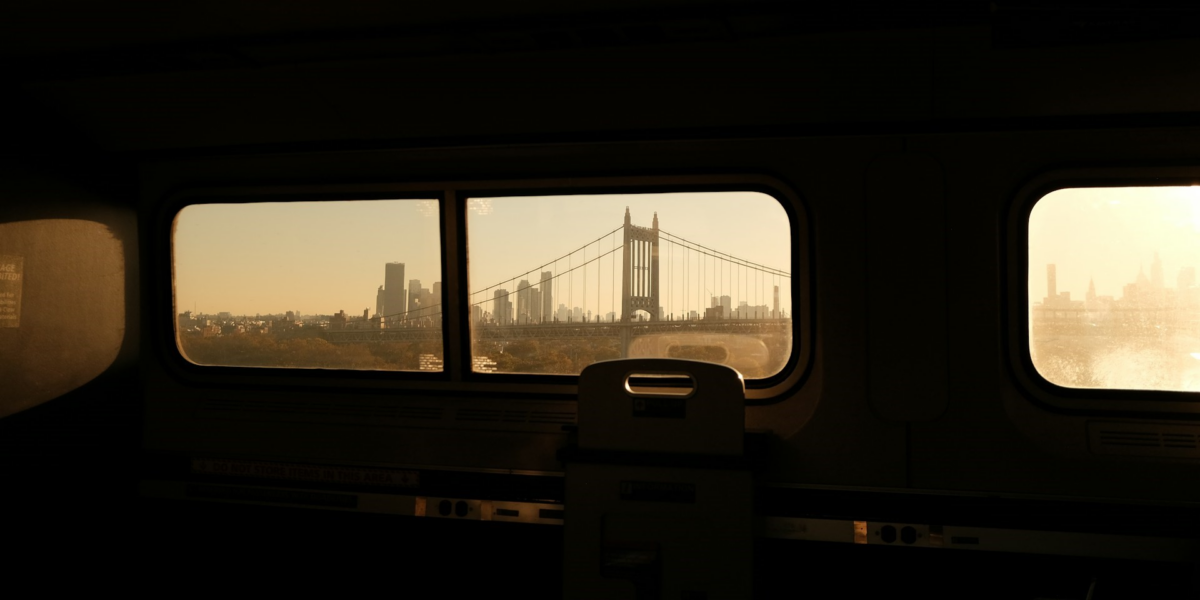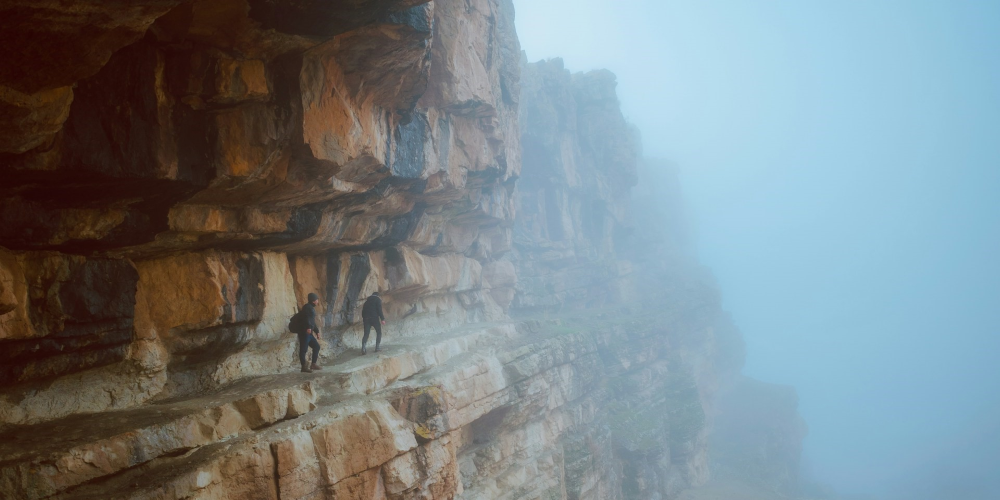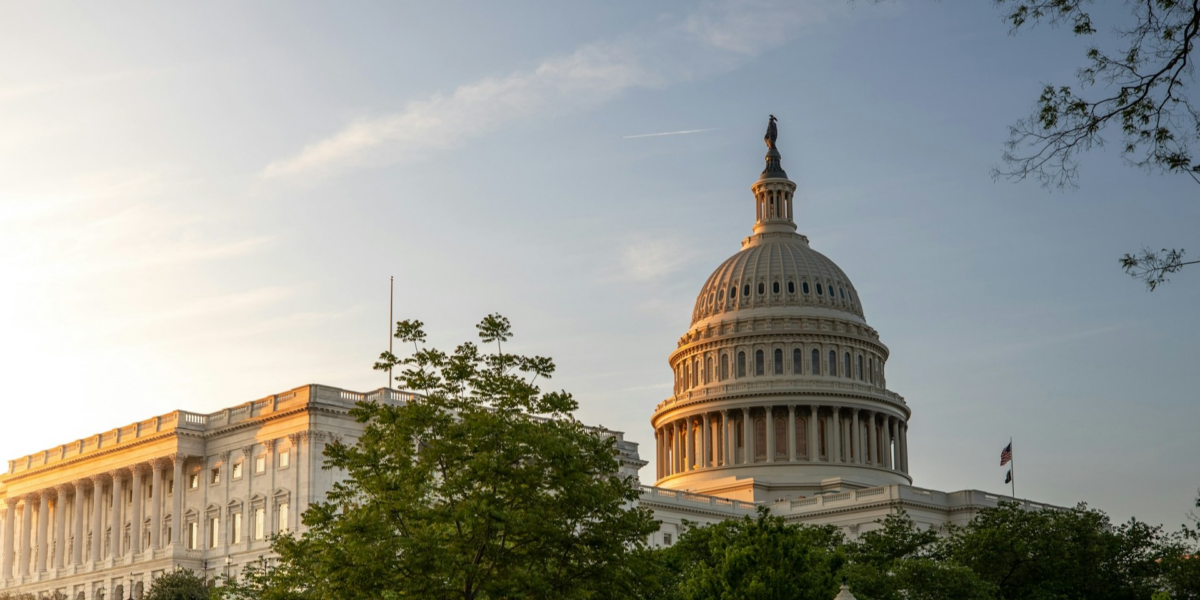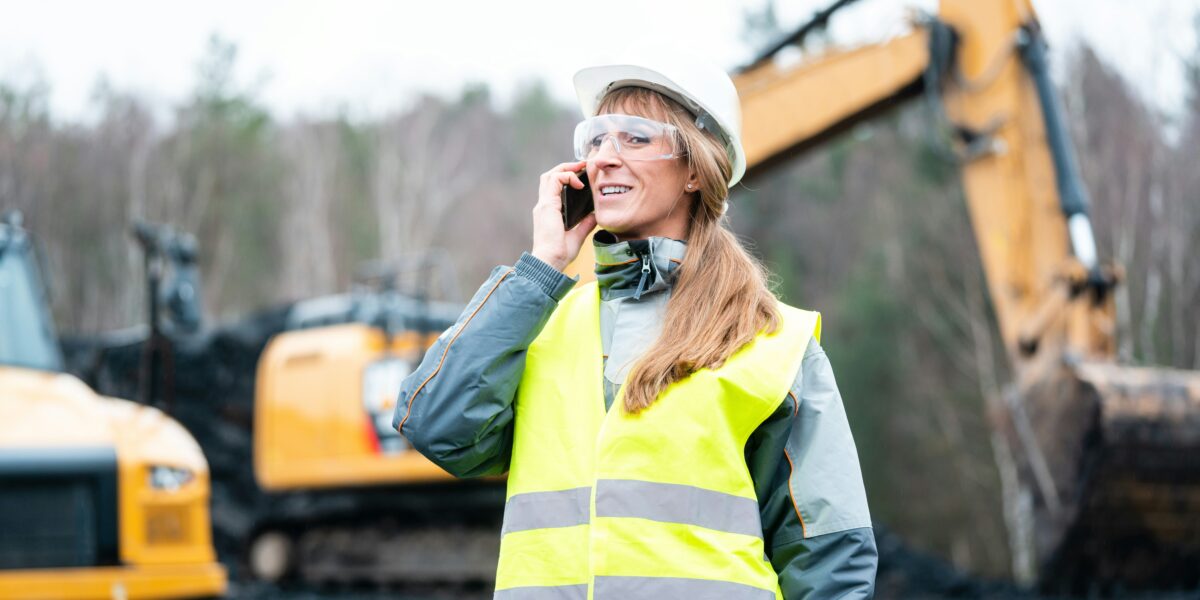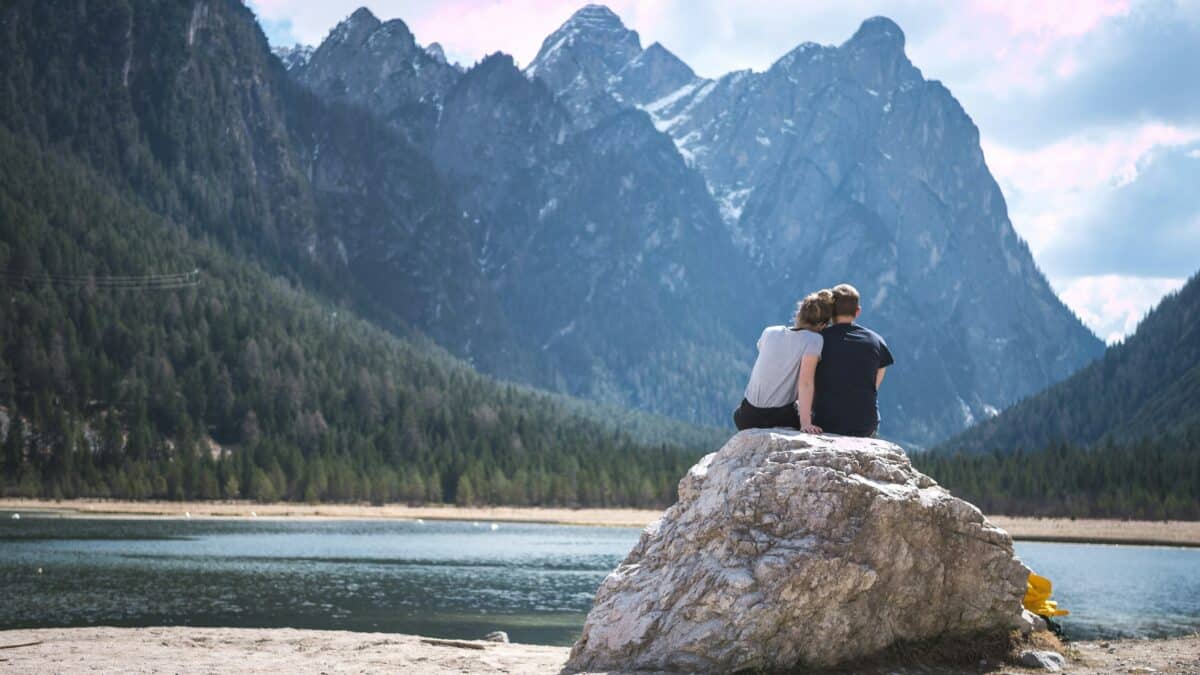Navigating the Urban Maze: New York’s Transportation Infrastructure Odyssey and Future Investments
New York, a city that never sleeps, is grappling with intricate challenges in its transportation infrastructure, affecting the daily lives of millions. This article delves into the current state of transportation in the city, addressing the persistent issues and exploring the planned investments and initiatives set to enhance public transportation, alleviate congestion, and improve overall connectivity.
Current Challenges in New York’s Transportation
The intricate web of transportation in New York faces multifaceted challenges that demand urgent attention. One significant concern is the aging infrastructure that strains under the weight of a rapidly growing population and technological advancements. Decades-old bridges, tunnels, and roads are in dire need of maintenance, posing reliability and safety issues for commuters.
Aging Infrastructure
The aging infrastructure serves as a critical bottleneck to the city’s smooth operation. This challenge is not just about fixing what’s broken but also about modernizing the very fabric that sustains New York’s dynamic movement. The pressure on authorities to find sustainable solutions is further exacerbated by the continuous wear and tear on these vital components.
Congestion Woes
Traffic congestion has become synonymous with the New York experience. The constant gridlock not only extends travel times but also contributes significantly to air pollution. Addressing congestion is not just about convenience; it’s a crucial step towards creating a more sustainable and livable urban environment.
Planned Investments and Initiatives
In response to the pressing need for transformation, New York authorities are proactively initiating strategic investments and projects to revamp the city’s transportation landscape.
Expansion of Public Transportation
A cornerstone of the planned interventions is the expansion and enhancement of public transportation options. Investments are funneled into upgrading subway systems, optimizing bus networks, and refining commuter rail services. The overarching goal is to make public transit more reliable, efficient, and appealing to a broader demographic.
Infrastructure Modernization
The heart of the matter lies in the modernization of aging infrastructure. Plans are underway for comprehensive projects focusing on the renovation of bridges, tunnels, and key roadways. This goes beyond mere repairs; it’s a holistic approach to ensuring not just safety but also a seamless flow of traffic in the city that never stops moving.
Contrarian Statement: Addressing Concerns and Skepticism
Despite the promising trajectory of these planned investments, a chorus of skepticism echoes in certain quarters. Critics raise valid concerns about the potential pitfalls that could undermine the success of these ambitious endeavors.
Skepticism Regarding Timelines
History provides a sobering backdrop for those skeptical of the proposed changes. Major infrastructure projects have often been plagued by delays and budget overruns. The skeptics question the feasibility of adhering to the proposed timelines, highlighting the complexity of these projects and the unforeseen challenges that may impede progress.
Budgetary Caution
Another point of contention revolves around the financial aspects of these initiatives. Skeptics caution against potential budget overruns and stress the importance of a transparent financial strategy to ensure that taxpayer money is judiciously spent.
Summary
In summary, the state of transportation infrastructure in New York is at a critical juncture, with challenges ranging from aging infrastructure to persistent congestion. The planned investments and initiatives showcase a commitment to addressing these issues and creating a transportation system befitting the city’s stature. However, the skepticism expressed by some quarters highlights the need for a balanced perspective. As New York navigates the complexities of transportation transformation, the coming years will serve as a litmus test, revealing the true impact of these initiatives on the city’s connectivity, accessibility, and overall urban experience.

